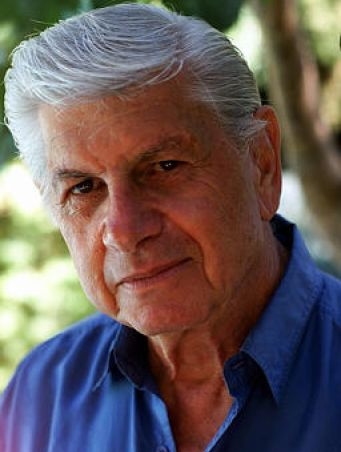
Classic Tracks - Page 5
According to legend, 42 run-throughs took place over the course of four hours before Spector gave Levine the go-ahead to roll tape on “Be My Baby”, but this was fairly conventional for a man who used the studio as in instrument in itself.
“We almost never got into rolling tape before we got into overtime on a session,” the engineer confirms, and this in turn raises the question as to whether the pursuit of excellence might have resulted in the musicians reaching a peak and then becoming frazzled.
“I often had a hunch that Phil needed that to happen,” Levine says. “All of them were really great musicians, and what he didn’t want was any individuality to show. They had to fit into the overall picture, whereas until they got tired enough they might be playing their hearts out. Now, I don’t know if that’s true or not, but it seemed that way.”
The lineup changed from session to session, yet the layout within the live area usually remained the same. Looking out through the control room glass, Levine would see Blaine taking care of the main drum part and his fellow drummer playing figures right alongside him on the far-left side, while the keyboards were on the near-left side grand piano, upright piano and electric piano, usually recorded with Electro-Voice RE-15s. The revolving door of percussionists was arranged along the back wall, and then to the far-right there was the horn section, miked with RCA 44s on the two trumpets and two trombones, as well as RE-15s on the three saxophones. Center-right were the woodwind players, while near-right were the bass guitarists, their amps each close-miked, often with Shure SM-57s. Lastly, in the middle of the room, facing toward the drums, were the acoustic guitars, again mostly recorded with RE-15s.
“I experimented a lot,” Levine asserts. “I would go in and set up the studio, and then after the session I’d ask the guys if they could hear each other well and how it was working in there. According to their feedback, I might then try another setup the next time. Basically, I discovered things that didn’t work and I found out why they didn’t work one thing I found out was that the drummers need to be placed up against the wall, otherwise they don’t hear themselves and they play too loud trying to hear themselves. I think that’s true with most instruments. If there’s a wall behind them, the musicians can hear themselves.
“There were always more than 20 people jammed into that room when Phil was doing a session, but that wasn’t the worst. The worst was when I worked with Herb Alpert on ‘This Guy’s in Love with You’ and [pianist/co-composer] Burt Bacharach, who’d never been in the studio before, came in for the live recording with all the string players and couldn’t believe what he saw. Of course, the piano was right at the back of the room, and he said he had to step over people to get there. That was the most crowded it ever got, but it was also crowded for Phil’s stuff, and I found out that the more people you put in the room, the better the sound is. The bodies provide dampening.”
After the “Be My Baby” rhythm track had been recorded within a day sans guide vocal, it was time for Ronnie Bennett to do her thing. In her 1990 autobiography (naturally titled after the song), the singer recalled that she and Spector had spent several weeks rehearsing the number prior to her flying out to Gold Star she was the only Ronette on the session and that it then took about three days to actually capture her performance.
“I was so shy that I’d do all my vocal rehearsals in the studio’s ladies’ room, because I loved the sound I got in there,” she wrote. “People talk about how great the echo chamber was at Gold Star, but they never heard the sound in that ladies’ room That’s where all the little ‘whoa-ohs’ and ‘oh-oh-oh-ohs’ you hear on my records were born.”
The following year, the liner notes of the album Presenting the Fabulous Ronettes Featuring Veronica included Levine’s own recollection: “When I first met the Ronettes I didn’t think they were going to be a very good group. Phil had said to me, ‘I found this group, they’re good looking, but they don’t sing too well.’ So I said, ‘Well, why bother?’ He said, ‘I kind of promised their mother.’”
Now Levine says: “We didn’t have to work hard to get Ronnie’s performance, but we had to work hard to satisfy Phil. He’d spend an inordinate amount of time working on each section and playing it back before moving on to the next one, and that was very hard for the singers. I always commiserated because Phil didn’t pay too much attention to them. He treated them as if they were another instrument. I mean, they weren’t ill-treated, they were just ignored.”
<< 1 - 2 - 3 - 4 - 5 - 6 - 7 >>
Webmaster: Jos Megroedt | Website: http://www.josmegroedt.com/ |
This site is hosted by: http://www.hostingphotography.com/

